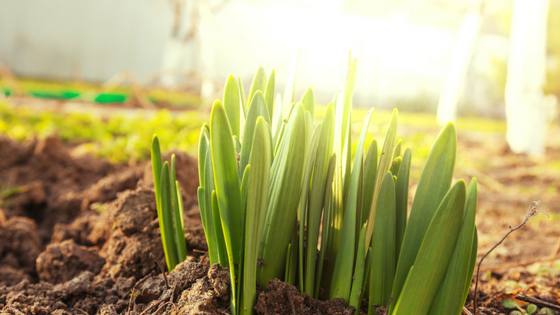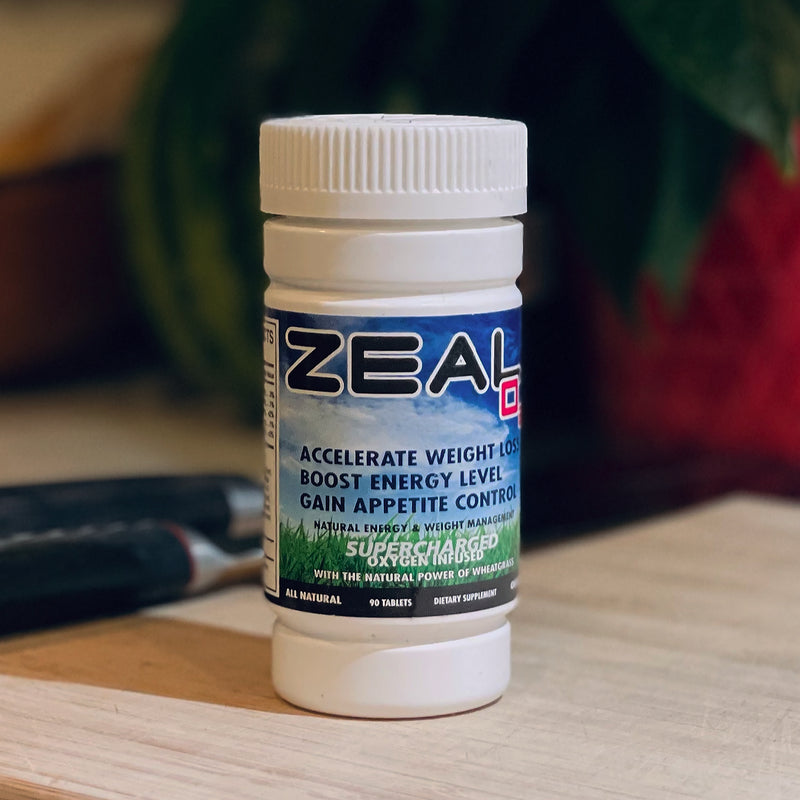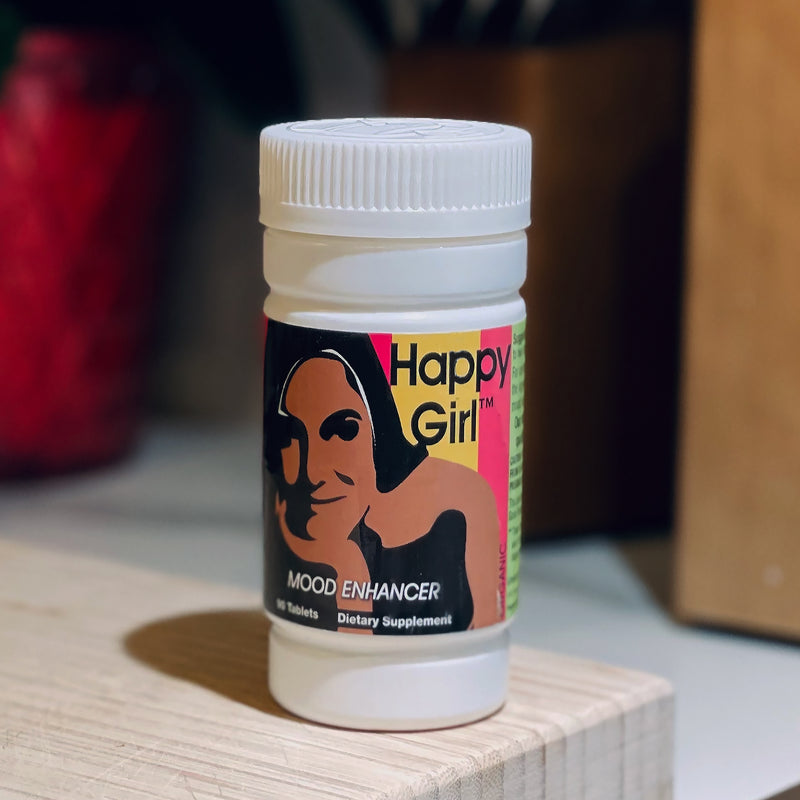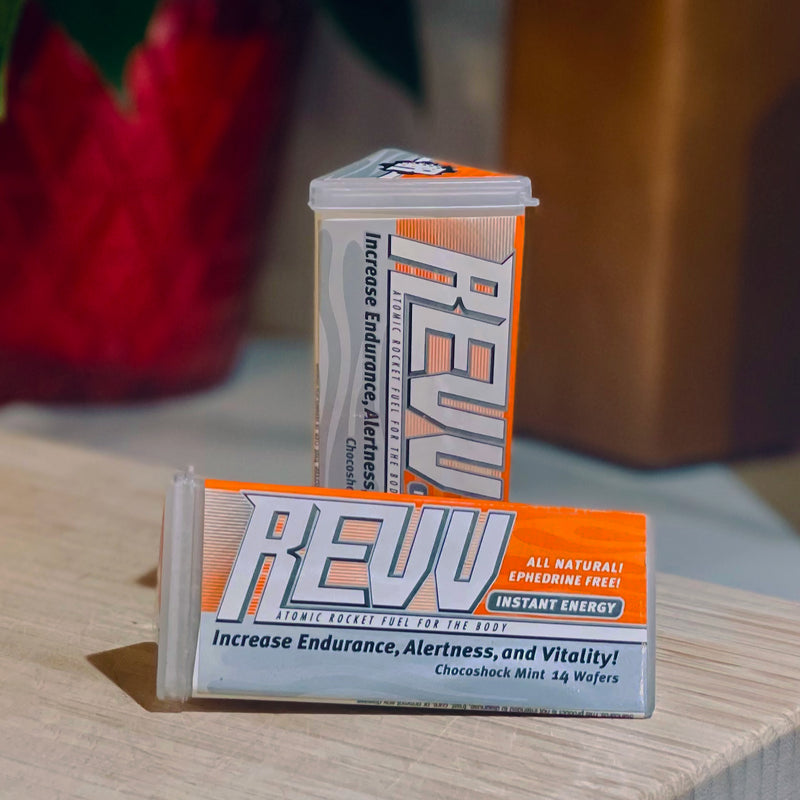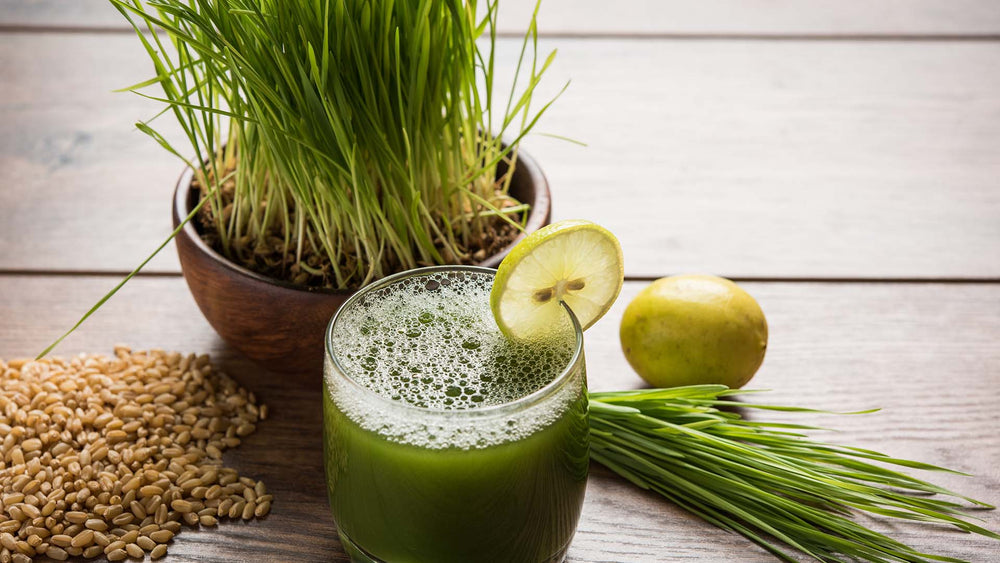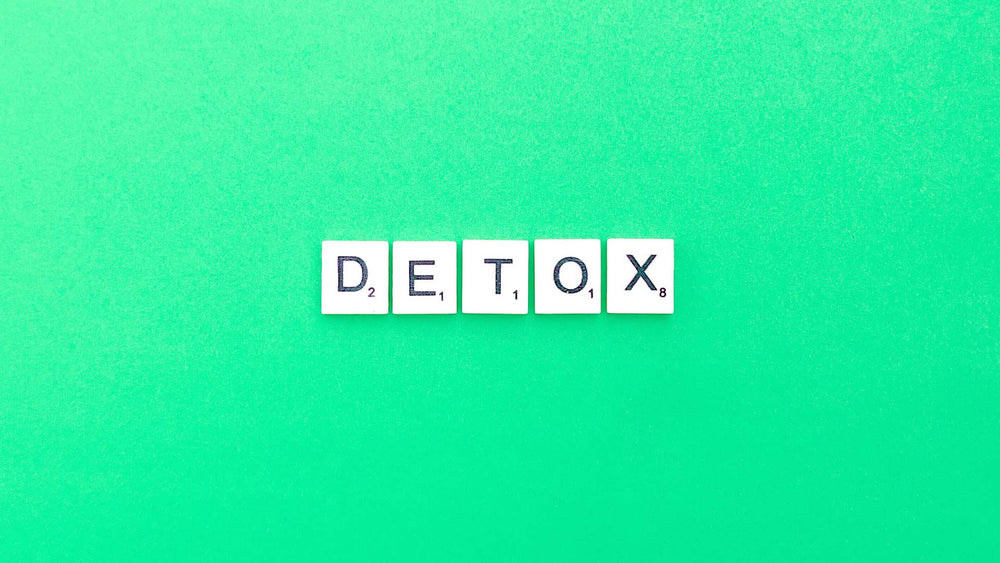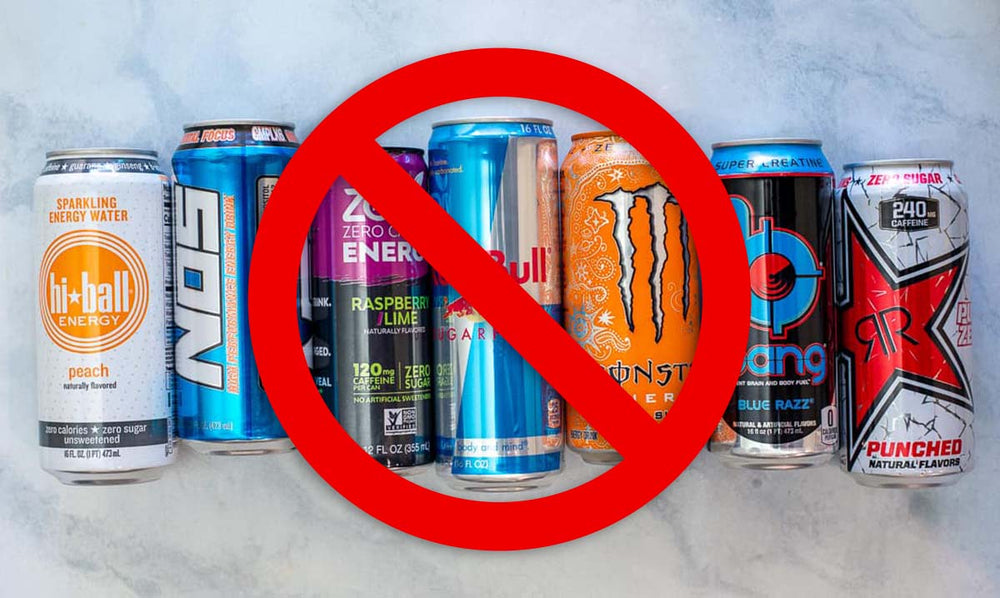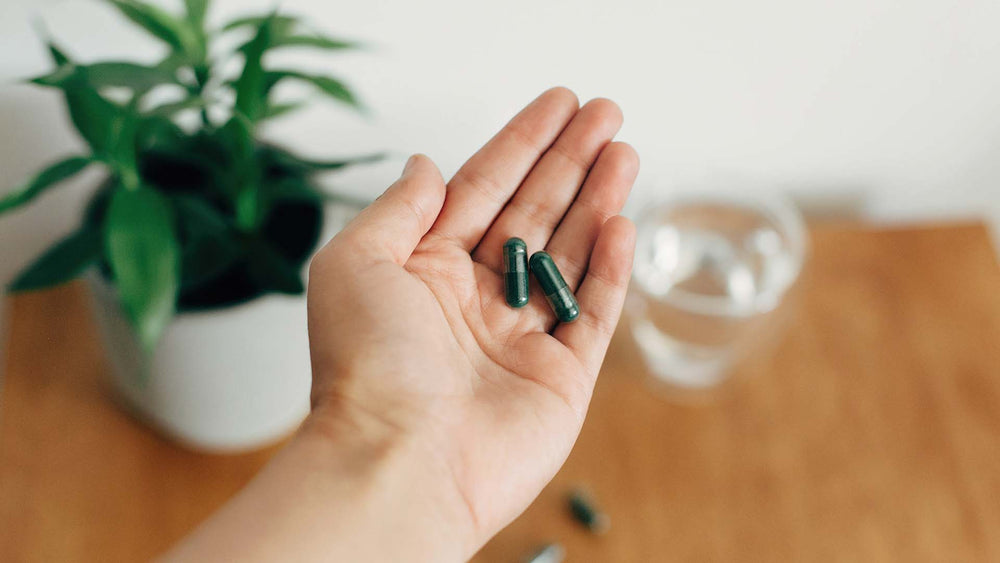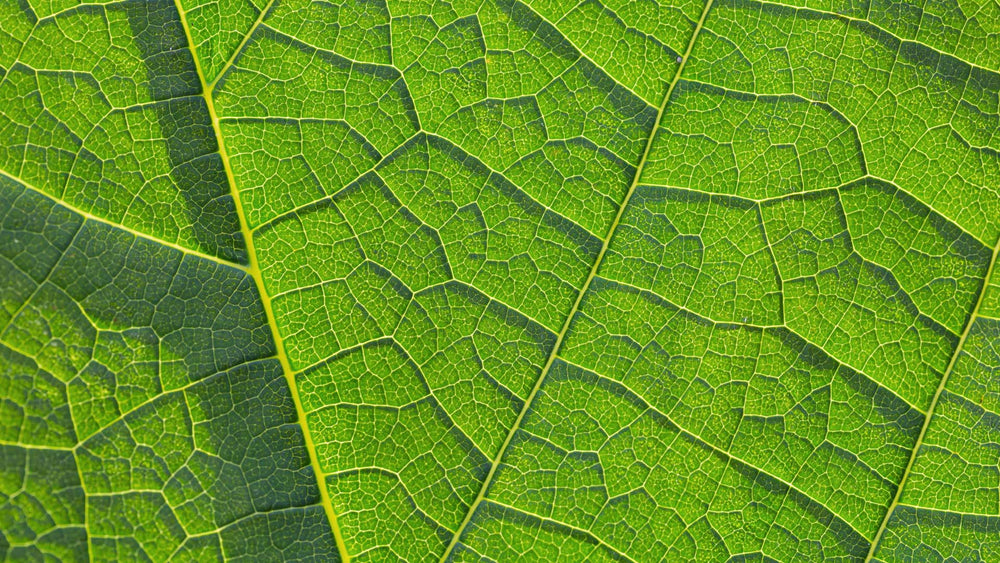You've heard of Alfalfa sprouts and Brussels Sprouts, but there are dozens of other sprouts you can eat for better health. Edible sprouts offer more nutrition than fully-grown plants, and have gained popularity as an ingredient in salads, sandwiches and main dishes since the 1970s.
When a germinated seed starts to grow, a vegetable turns into a sprout. Only some sprouts are edible. You can buy sprouts at a health food store or farmer's market, or grow your own sprouts. When you sprout seeds at home, you can control the growing environment and make sure the sprouts are nutritious and free of contaminants.
Sprouts 101
Many plant-based foods begin as sprouts. After a seed cracks open and a root or stalk grows out of the soil. These fledging veggies and grains have higher concentrations of nutrients than full-grown plants.
When seeds are exposed to moisture and the right temperature, they turn into young plants. You'll find grain, leafy and bean sprouts as an ingredient in salads and vegetarian cuisine. Sprouts were prescribed by Ancient Chinese medics to cure many diseases. In the 1700s, sailors ate Vitamin C-rich lemons, limes and sprouts to prevent scurvy.
During World War II, a Nutrition Professor at Cornell University, Dr. Clive M. McCay wrote an article about the virtues of soybean sprouts. His studies showed that sprouts contained almost as much Vitamin C as citrus fruits and large amounts of B-complex vitamins and Vitamin A. Sprouts are also easier to digest because starches turn into simple sugars during the sprouting process.
Sprout Recipes
Curry isn't just for dishes at your favorite Indian restaurant. You can make fenugreek curry with fenugreek sprouts. Fenugreek offers many health benefits, including better digestion, lower cholesterol and less inflammation. It also boosts men's libido and increases breast milk production in nursing mothers.
Chinese Mung Bean Sprout Stir-Fry is easy to make, with only three ingredients (bean sprouts, garlic and onions). The sprouts are high in folic acid, B vitamins, Vitamin C and protein. You can also mix in shrimp or beef with the recipes if you're not a vegetarian.
Use home-grown chick pea sprouts to make your own Sprouted Hummus Spread. A healthy alternative to sour-cream based dips, hummus also includes garlic, cayenne pepper and sesame paste to prevent high blood pressure and fight inflammation.
The Nutritional Value of Sprouts
Sprouts contain up to 100 times more enzymes than raw fruits and vegetables. When your food has more amino acids, vitamins, minerals and fatty acids, you'll feel and look healthier. All your body processes, from digestion to circulation, will improve.
The sprouting process brings more essential fatty acids into the bean, vegetable or grain. Two essential fatty acids, linoleic and alpha-linolenic, are found in sprouts. Linoleic and alpha-linolenic fatty acids help build the essential fatty acids Omega 6 and Omega 3. EFAs help your body with hormone production, blood pressure regulation, blood clotting and several other vital functions.
All sprouts are alkaline, balancing acidity in your body's pH and reducing the chance of cancer, diabetes and heart disease. Sprouts contain more antioxidants, essential amino acids, vitamins and minerals during this youthful stage than as mature plants. The high concentration of nutrients in sprouts may be due to their truncated size.
The estrogens in sprouts also provide the following benefits:
- Increases bone density
- Controls hot flashes
- Reduces PMS symptoms
- Prevents osteoporosis
- Controls menopause symptoms
Every type of sprout has specific antioxidants and other nutrients.
Alfalfa sprouts
Alfalfa sprouts contain an amino acid called canavanine. This amino acid has been shown to reduce the spread of colon and pancreatic cancer. One study showed alfalfa sprouts lowers blood glucose levels to reduce the chance of diabetes. They also fight cholesterol by reducing the amount of lipids in the blood.
Broccoli Sprouts
When you eat broccoli sprouts, you're consuming the root, stem and head. The root, leaves and stems have highly nutritious glucosinolates. Distributors of full-grown broccoli cut off leaves and roots, and offer you fewer nutrients than home-grown sprouts. The younger a broccoli plant, the more glucosinolates it contains. The phytochemicals in broccoli sprouts may also help curb obesity by boosting energy and making you burn fat more rapidly.
Broccoli sprouts have 50 times more sulfurophane as regular broccoli, and regular broccoli is considered to be one of the most nutritious vegetables you can eat, along with kale and spinach. Sulforaphane, an antioxidant that stimulates natural detoxifying enzymes, has been shown to reduce the risk of prostrate, bladder and breast cancer.
Mung Bean Sprouts
Mung beans belong to the same legume family as peas and lentils. They contain protein and dietary fiber, which help fill you up so you'll eat less. With B vitamins, magnesium, zinc, copper and potassium, you'll get a lot of nutrition in a small package. A one cup serving of mung beans has 13.7 milligrams of Vitamin C to protect immunity, and 43% of the daily value of Vitamin K, which is necessary for blood clotting.
Radish Sprouts
Used raw in salads and sushi or as a garnish, radish sprouts may be purple and white with a bit of light green. A 100 gram serving of these spicy, crunchy sprouts offers 48% of the daily value of Vitamin C. If you're trying to lose weight, Vitamin C will help your body turn fat into fuel by producing a substance called carnitine. Radish sprouts have an impressive amount of B Vitamins, including 24% of the daily value of folate, and 14% of Vitamin B6 and Vitamin B3 (Niacin).
Sprouting at Home
Eating healthy can be expensive. Buying fruits, vegetables, specialty products and grains at farmer's markets and Whole Foods can take a sizable bite out of your food budget. Sprouting at home provides tasty, nutritious veggies and grains at a fraction of the cost.
Make your own sprouts at home using a sanitized, wide mouth jar. You'll need cheesecloth and mesh and rubber band to secure it to the top of the jar. And, of course, seeds or beans.
Wash beans or seeds. Place the jar in a clean quiet area, away from cooking grease, pets and dirt.
Put two tablespoons of seeds into the jar and add a few inches of cool water. Cover the top of the mason jar with cheesecloth and tie it around the top with a rubber band. Let the seeds soak overnight; then drain the water. Leave seeds in the jar the next few days. Fill the jar with water and swish the seeds around to drain them in the morning and evening. Keep the jar in a spot away from direct sunlight or the next few days.
You'll notice white shoots growing from the seeds in two or three days. By the fifth day, you'll see a tangle of sprouts. Fully-grown sprouts will have green tips. (You may notice some unsprouted seeds in the jar. This means you probably used too many seeds. ) Rinse off the sprouts and use in salads, sandwiches or recipes.
You can use the steps above to sprout most seeds, including:
- Mung Bean
- Mustard
- Broccoli
- Oat
- Beet
- Sunflower
- Soybean
- Radish
- Lentil
Buy seeds specifically designed for sprouting. They'll be labeled as chemical, GMO and pathogen-free. Popular online seed stores include Burpee and the Sprouthouse. Cheap, commercial seeds and sprouts have caused salmonella and E.coli outbreaks. You'll also need to keep trays, containers and domes disinfected to avoid contamination. (http://anrcatalog.ucanr.edu/pdf/8151.pdf)
Buying Sprouts from the Store
You can buy sprouts from your local health food store if you don't have time to sprout at home.
Outbreaks of salmonella were reported in 2009 due to contaminated sprouts. According to the Academy of Nutrition and Dietetics, if you must buy sprouts instead of sprouting at home, follow these guidelines:
- Buy only refrigerated sprouts
- Store sprouts in a clean refrigerator at 40 degrees or less
- Rinse sprouts under running water before eating
- Cooking store-bought sprouts reduces the chance of food poisoning
- Avoid buying sprouts that look slimy or withered
Children, pregnant women, the elderly and anyone with a weak immune system shouldn't eat store-bought sprouts or order restaurant dishes made with raw sprouts.
The Special Benefits of Sprouting Wheatgrass
Wheatgrass has a reputation as one of the most nutritious superfoods you can consume. It contains vitamins, hundreds of enzymes, 18 amino acids, protein, calcium, iron, copper, manganese and selenium.
Wheatgrass breaks down carbohydrates into glucose to give you more energy. It improves your digestive system to keep you regular, and oxygenates your blood. Wheatgrass aids cell growth and division to help you stay strong and prevent anemia. It strengthens your hair, skin, eyes and liver.
Four grams of wheatgrass contain:
- Vitamin E – 1600% of the daily value
- Thiamin (Vitamin B1) – 733% of the daily value
- Niacin (Vitamin B3) – 1260% of the daily value
- Vitamin B6 – 1950% of the daily value
- Riboflavin (Vitamin B2) – 15,294% of the daily value
- Manganese – 7,000% of the daily value
- Pantothenic Acid (Vitamin B5) – 360% of the daily value
You can make wheatgrass juice from sprouts you grow at home, or take wheatgrass supplements from a verified supplement manufacturer.
Harvesting fresh wheatgrass at home offers many advantages over buying wheatgrass juice at a restaurant or store. The wheatgrass juice you buy at a retail juice chain may be contaminated if the juicing machine isn't cleaned properly on a regular basis. Even bottled wheatgrass juice from the health food store may contain E.coli or other harmful bacteria due to lax production standards or use of inferior quality wheatgrass.
It's easy to sprout wheatgrass indoors using growing trays.
- Soak winter wheatberries (they're actually seeds, not berries) in water 8 to 12 hours. (You can also use hard spring wheat, though it's not as effective.)
- Drain the water through the cheesecloth on top of the jar or use a strainer. Rinse the seeds before planting.
- Sprout the seeds for 16 to 24 hours. After the seeds develop tails, plant them in potting soil.
- Use organic soil in the trays or planting container. Place seeds in the soil separately, with an even amount of space between them. Don't bury the seeds under the soil. Sprinkle seeds with water from a spray bottle. Cover the tray or container with newspaper to keep out the light.
- Let the wheatgrass grow for two to three days. Keep them in a dark, humid area and check every so often to see if they're sprouting. Water the shoots twice a day to keep them moist.
- When the wheatgrass grows to one inch in height, place it near a window, in indirect sunlight. Water daily, but don't soak the soil.
- You can harvest fully-grown wheatgrass in 9 to 10 days, when it reaches 8 to 10 inches in height. Cut stems at the bottom, one at a time, with a scissors.
Tips for Preventing Mold When Sprouting Wheatgrass
- Prevent mold by soaking sees 10 to 12 hours instead of 8 to 10. The seeds will expand more, allowing for better germination and quicker sprouting.
- Increase air circulation with an air conditioner or fan to keep the temperature at between 60 and 80 degrees.
- Cover the tray with a damp newspaper to keep sunlight out and keep the soil moist. Use a spray bottle of water to wet the paper, but don't soak it. Keep water from getting directly on the soil or sprouting seeds.
- When sprouts take root, put a tray without holes under the main tray as a reservoir. This second tray eliminates the need for you to water from the top.
REVV from WheatgrassLove gives you another way to harness the power of wheatgrass in your daily life. Chocolate mint REVV wafers give you all the vitamins, minerals and antioxidants of wheatgrass without the mess caused by juicing – or concerns about harmful bacteria. REVV also contains caffeine and cocoa, for more energy and L-Taurine to reduce cholesterol and improve cognition. Take REVV with you wherever you go when you want a healthy pick-me-up. Read more about REVV here.

